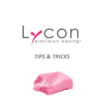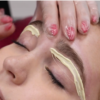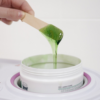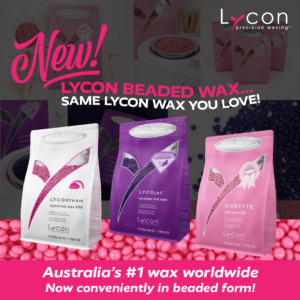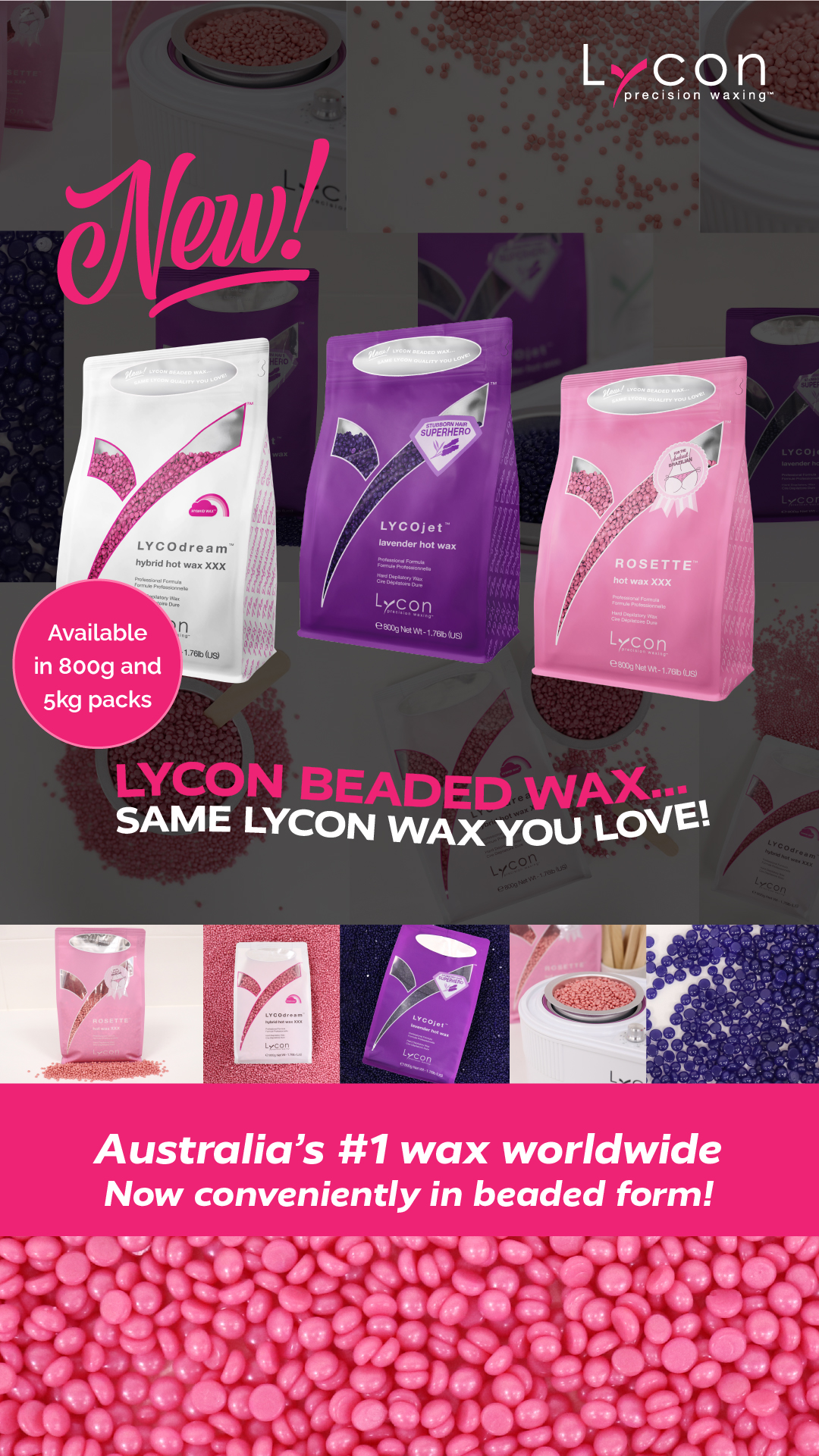Waxing has gone through a number of changes and advancements over the years in an effort to make a once very uncomfortable service into a much more comfortable one. It continues to grow in its popularity as a reliable, quick and efficient means of hair removal. Waxing also yields high margins making it a profitable spa service and one that builds a loyal clientele by requiring clients to return every 4-6 weeks. Ensuring that you are offering your client the best possible experience time and time again means maintaining a consistent waxing protocol from the moment the client walks through the door to the time that they leave. There are a number of key factors that contribute such as friendly and welcoming front desk staff, explaining the products you are using during your service and offering suggestions on take home products that help to simplify clients between maintenance.
There are numerous pre and post waxing products offered today which help to make sure you offer a fast, effective and minimally painful wax. The most basic waxing system includes a pre- cleanse, a pre-waxing oil and an after-care product to further soothe the skin as well as treat any conditions such as ingrown hairs. When it comes to the waxing service, using a quality wax that can pull short stubborn hairs and leave no sticky residue will improve the results. Understanding which pre and post products to use and when will help to ease any discomfort and leave the client feeling completely satisfied.
Steps to Providing the Perfect Wax:
1) LYCOTANE CLEANSE- Prior to the wax, it is important to prepare the skin by completely cleansing the area to be waxed. Use a gentle cleanser that contains an antiseptic agent in order to effectively remove surface oils, perspiration, pollution, make-up, and cream residue from the skin. It is beneficial to use a cleanser that has active ingredients in it that not only cleanses the skin, but also soothes. Products that contain Chamomile which is known for its soothing and healing effect on the skin are a good choice. In the Middle ages, Chamomile became popular due to its effectiveness when treating medical complaints such as skin inflammation. It quickly grew in popularity and today is one of the most widely used calming agent found in many products from tea to cosmetics. Chamomile’s antiseptic properties and anti-bacterial properties are added benefits and as a result are often found in pre-wax cleansers. Additionally, cleansers that have a calming scent will further relax the client prior to the wax making the service easier to complete. As an example, Jasmine is a popular scent that is commonly found in cleansers and is known for its calming properties.
Another reason why cleansing is so important is to help minimize reactions and redness. When waxing is performed, the hair follicles are opened exposing them to bacterial invasion. If bacteria does get into the follicle, it can become inflamed and lead to Folliculitis which is a form of skin irritation characterized by tender red spots on the skin that originate from the hair follicle. A red spot or postule on the skin will form as a result. Cleansing the skin will clean away surface bacteria and help to reduce the chances of this happening.
Note that in addition to cleansing the area thoroughly prior to the wax, if you are using hard wax, applying a Pre-Waxing oil prior to the wax will help to further soothe the skin and add a layer of protection. If the client does have extra dry skin, a small amount of Pre-Wax oil can also be helpful when using strip wax. It is important to only apply a small amount of the oil in order to allow the wax to firmly adhere to the hair and pull the unwanted hair from the root.
2) WAX- Now it is time to apply the wax! Always important to apply and remove the wax, whether it is strip or hard wax in the correct direction of hair growth. Consider using hard wax on the more sensitive areas such as bikini or Brazilian and strip wax on the larger areas such as arms, back, and the legs.
3) LYCOTANE CLEANSE- Once you have completed the wax, it is time to cleanse again! Using the same cleanser that you used prior to the wax, cleanse the area entirely. A great cleanser should not sting or burn the skin. Cleansing after the wax will remove and particles that may have fallen onto the skin during the wax and could potentially enter the open follicle. It will also help to close the hair follicle and prevent a potential reaction.
4) SOOTHE- After the wax, you should apply an after care product such as a non-clogging lotion that contains active soothing ingredients such as Tea Tree Soothe. Tea Tree is very popular in the use of cosmetics to soothe as well as act as an antibacterial agent. It is known for its powerful ability to heal the skin. It comes from the Australian native plant Melaleuca and has been widely used in the treatment of skin irritations. If your client is susceptible to ingrowns, it would be advisable to apply an ingrown hair remedy to the area. An ingrown hair can occur when the hair becomes impacted in the hair follicle and curves back under the skin. It is often because the skin grows over the open hair follicle very quickly, preventing the new hair growth from coming out through the skin. This is more common with strong hair growth. Products that contain Salicylic Acid and Lactic Acid treat keratoylytic build up, help to exfoliate the skin and dislodge ingrown. LYCON’s Ingrown X-It Solution is a great treatment and good for retail products as the client can take it home and apply the product between waxing services. Some ingrown hair treatments come as both a spray and a cream. The spray maybe easier to apply to larger areas, however if applying to smaller such as the face, it is best to first spay it on a make up cotton pad and then apply to the area. Creams are great as retail products for clients to take home to apply themselves.
5) HOME CARE- Retail products are an easy way for spas to upsell services and increase margins. Retail products offered should complement the services being offered and provide a in between waxing maintenance solution. In order to provide recommendations, it is important to gain a full understanding of the clients current routine and the products they are using. For waxing, clients should be routinely exfoliating and applying ingrown hair remedies if needed. Exfoliation helps to buff away dead skin cells and boost circulation. Oil free sugar scrubs are effective and many have added ingredients to deeper hydrate the skin. Education is key as often clients do not have the knowledge or understanding of what they should be doing at home. Offering suggestions and explaining to them the benefits of take home products will not only give you an opportunity to upsell but will allow you to provide the best possible experience for them each time they return. During the service you can encourage conversation with your client about what they are currently doing by asking general questions such as “are you currently using an ingrown hair treatment at home?”, “do you have a good exfoliator you are currently using?”. Offering suggestions and recommendations will help the client feel more comfortable and provide them with important in between treatment care knowledge. It is important to focus on how the proper at home care will positively affect their waxing service and enable them to achieve the best possible results each time they return.
Waxing is a service that a large majority of spas offer. Being able to separate your service by providing the utmost of client care and satisfaction will allow you to differentiate yourself from others and to build client loyalty. Implementing a waxing protocol by using quality pre and post products will not only have your clients returning every 4-6 weeks, but also have them telling their friends and network about your services allowing your business to grow exponentially!


